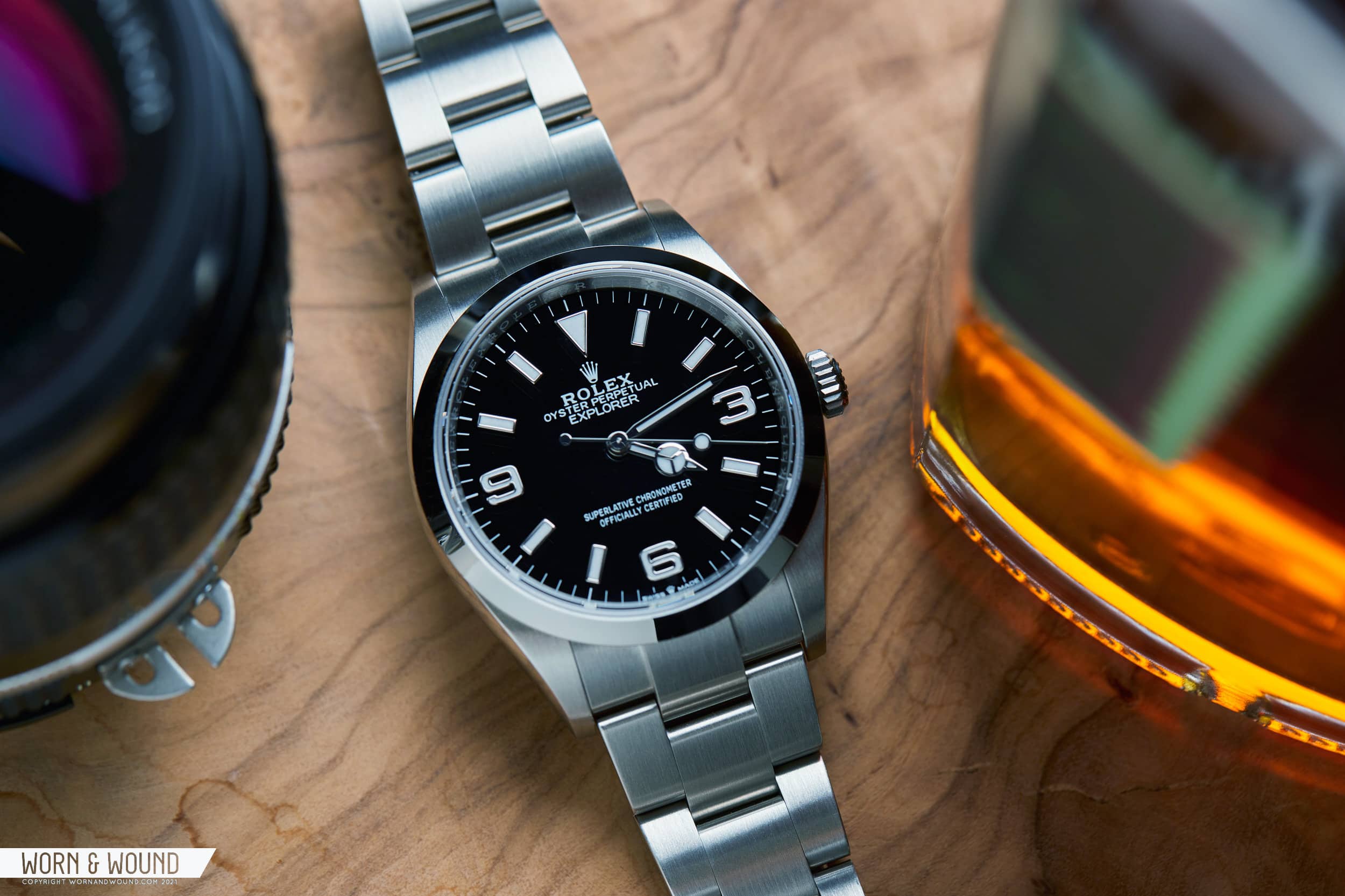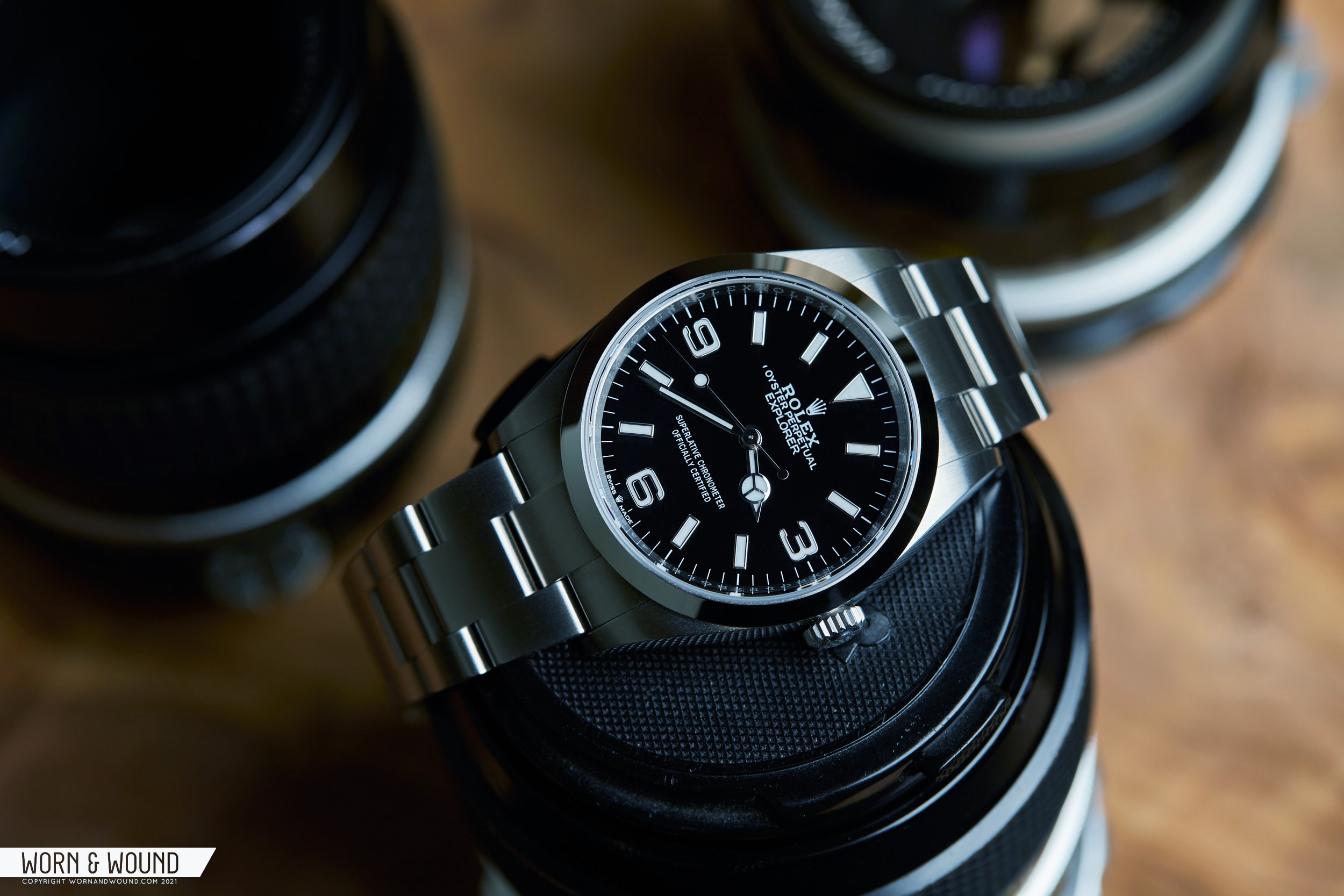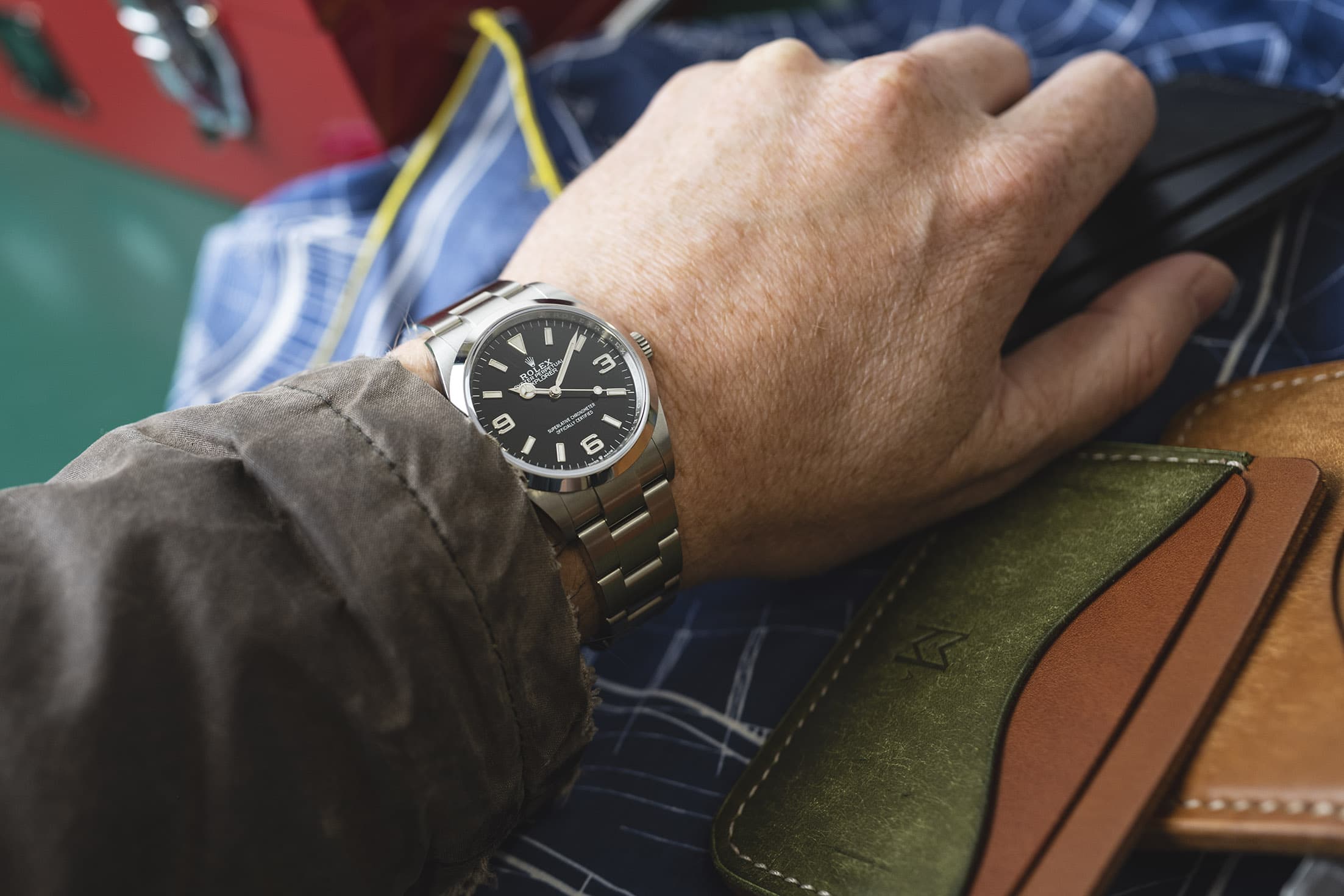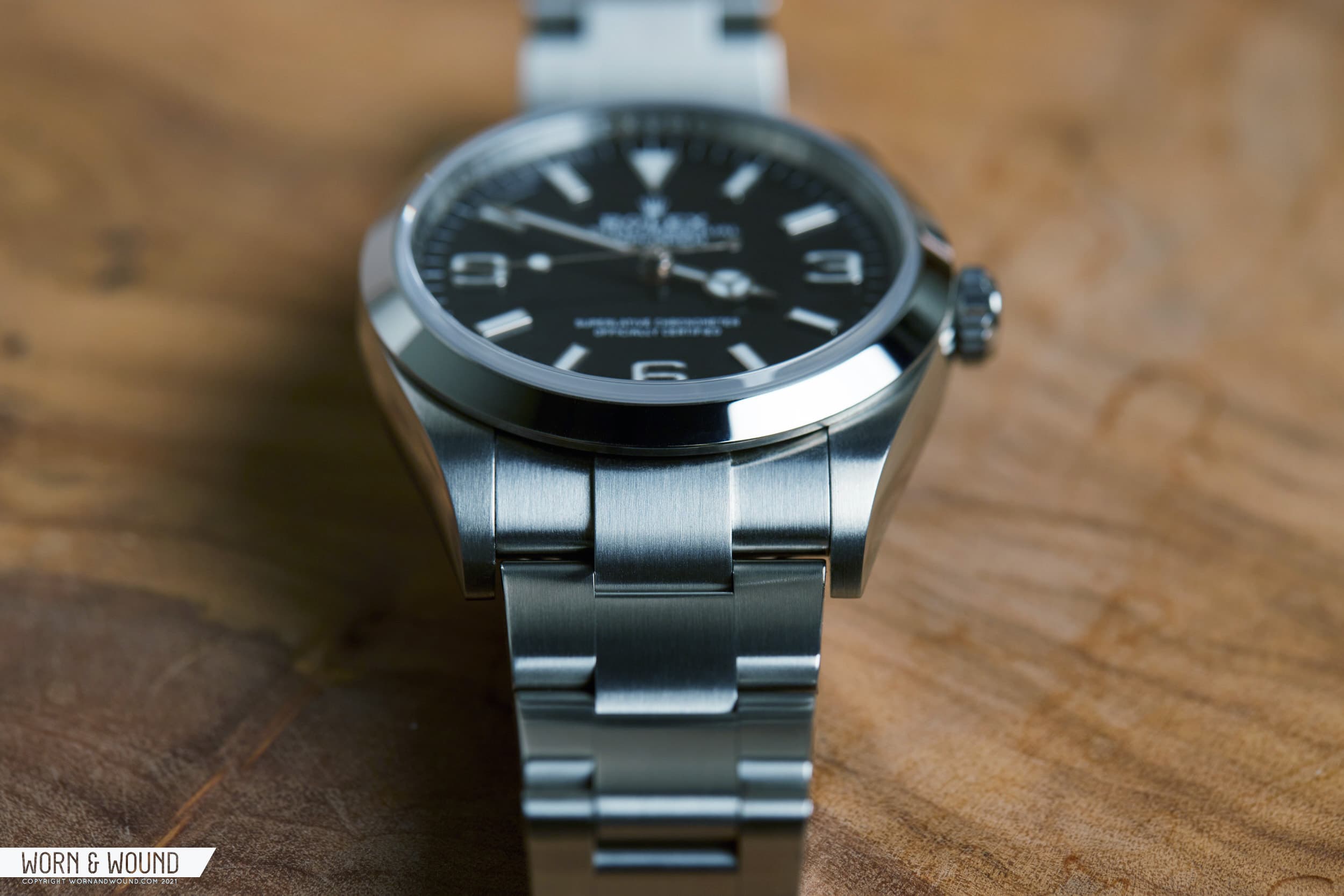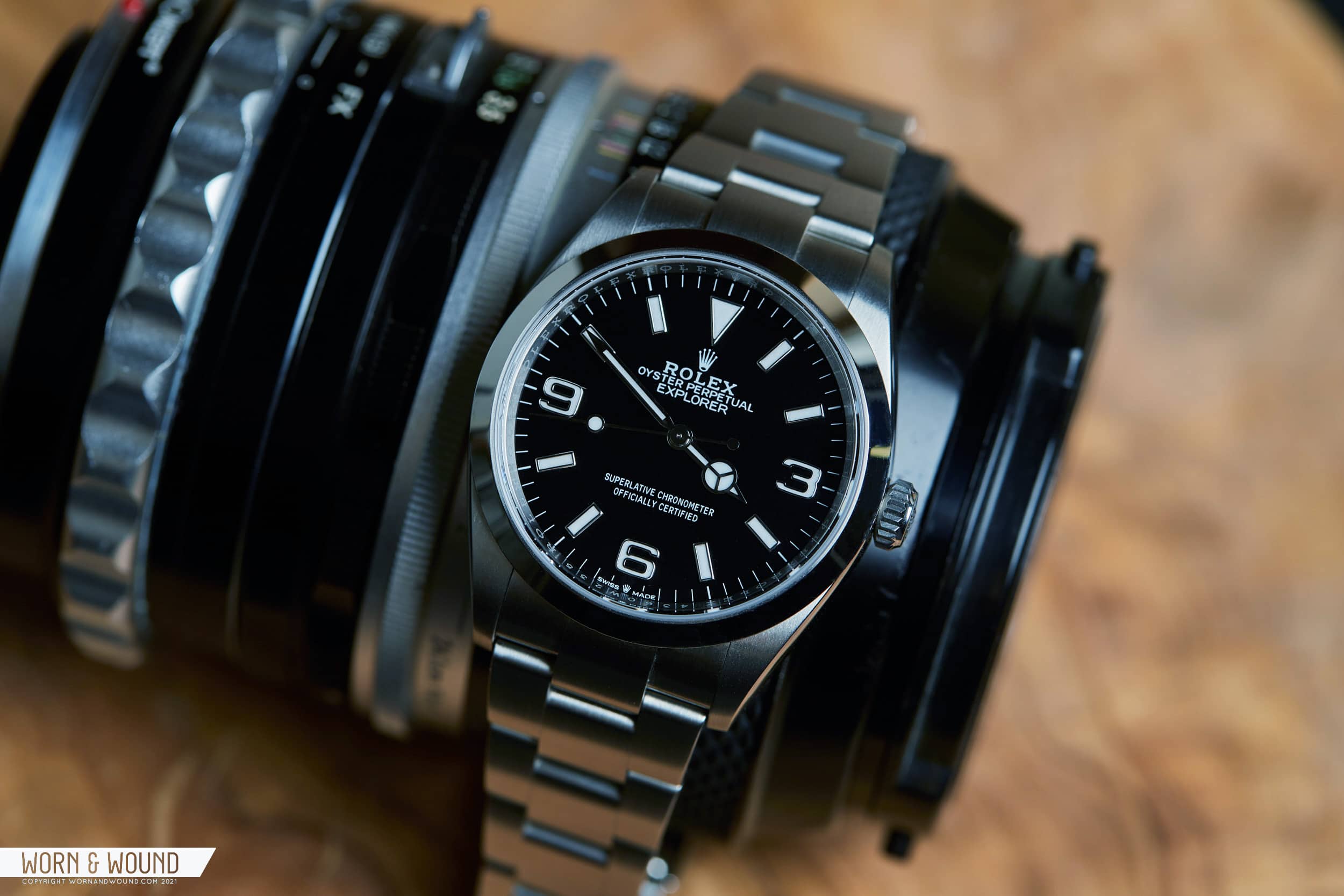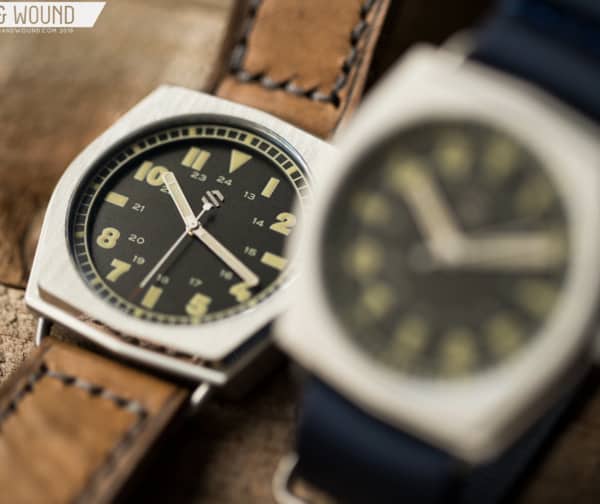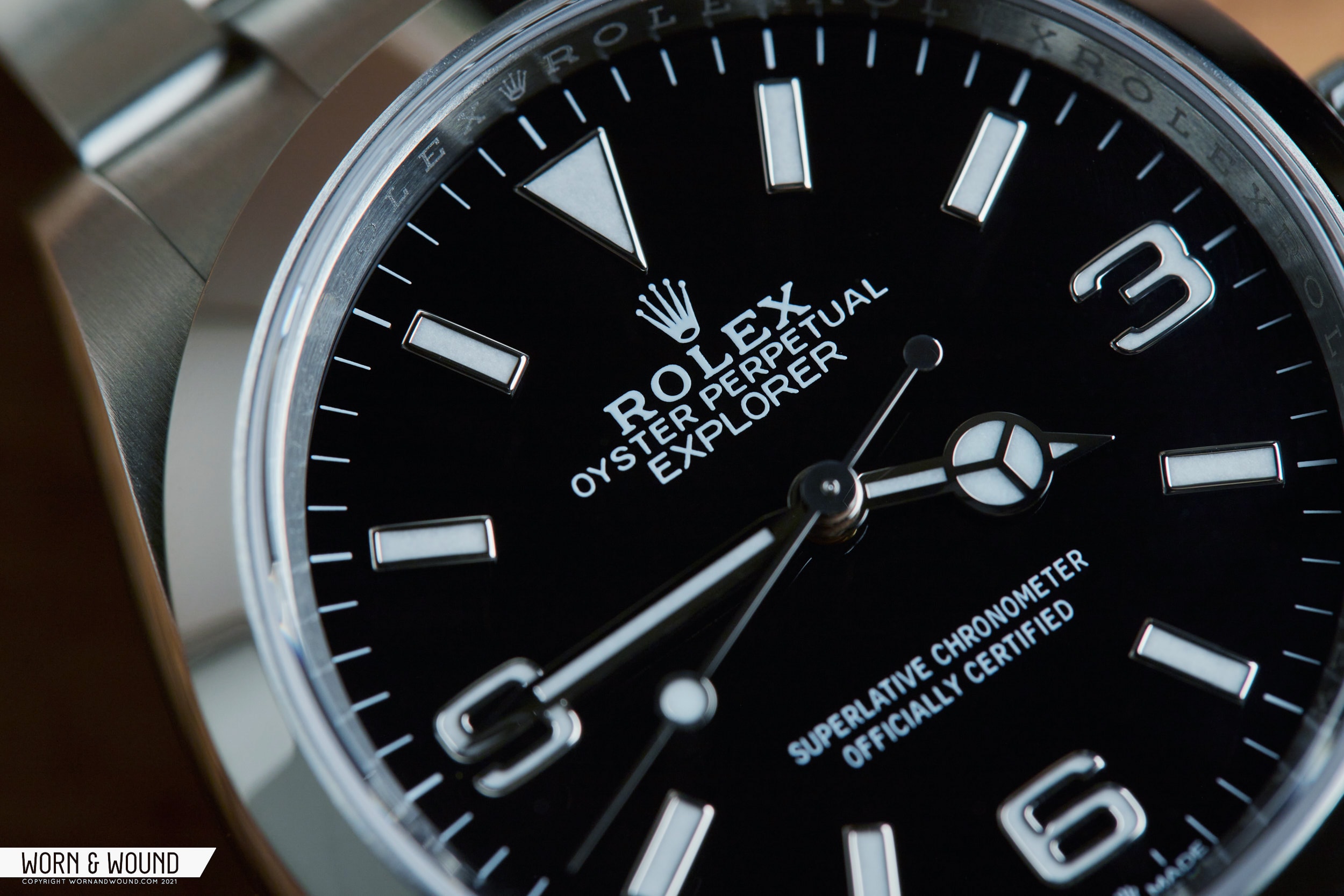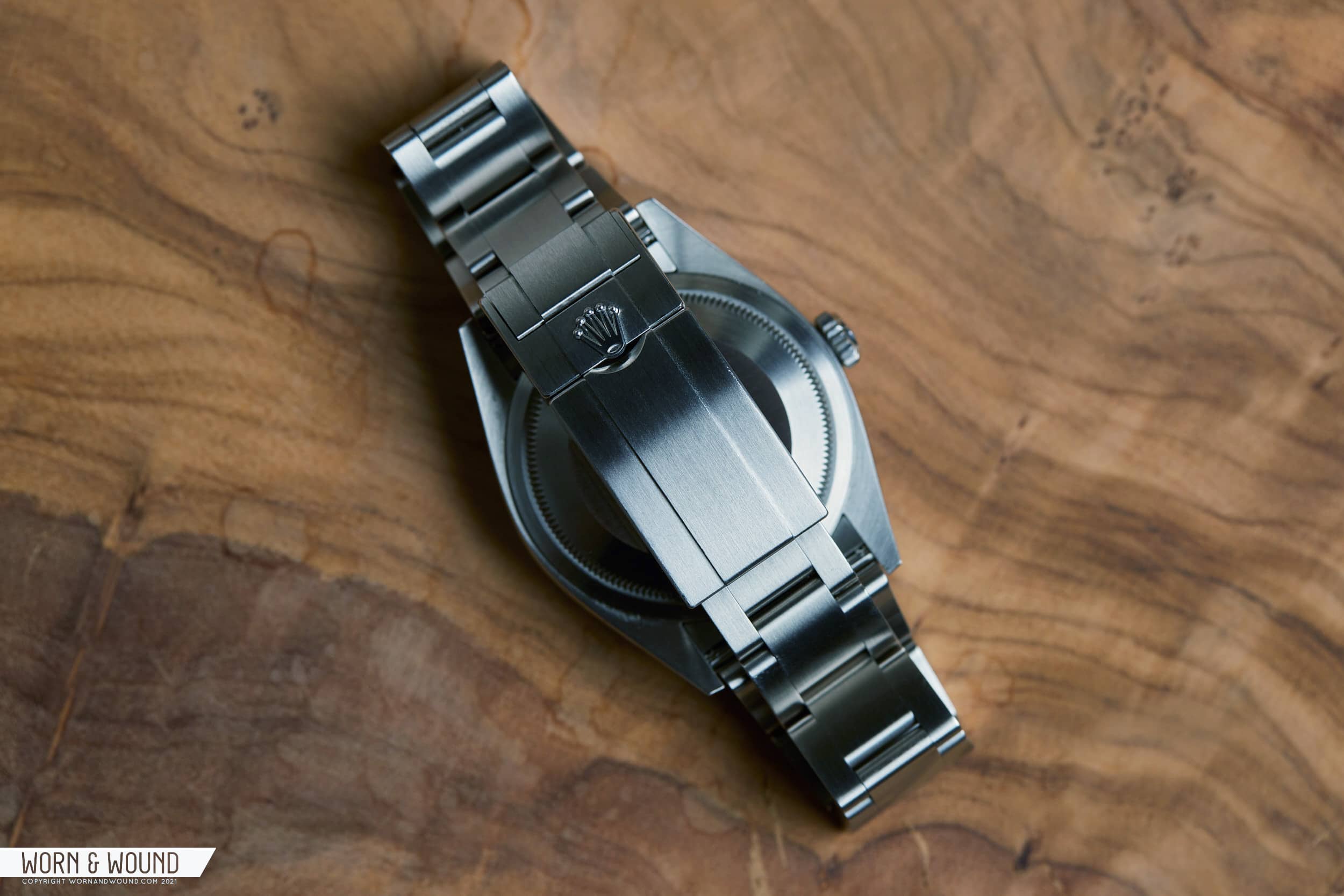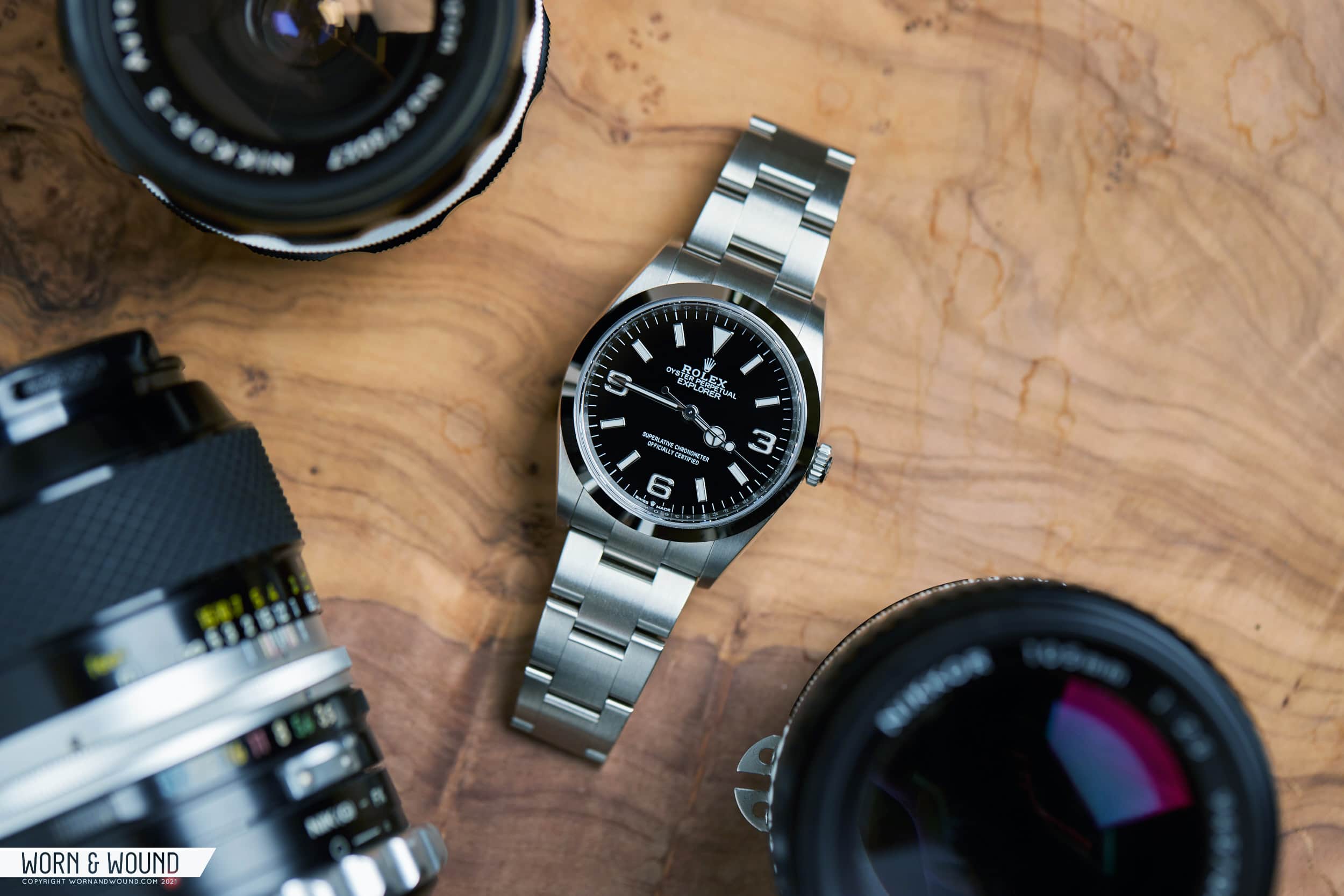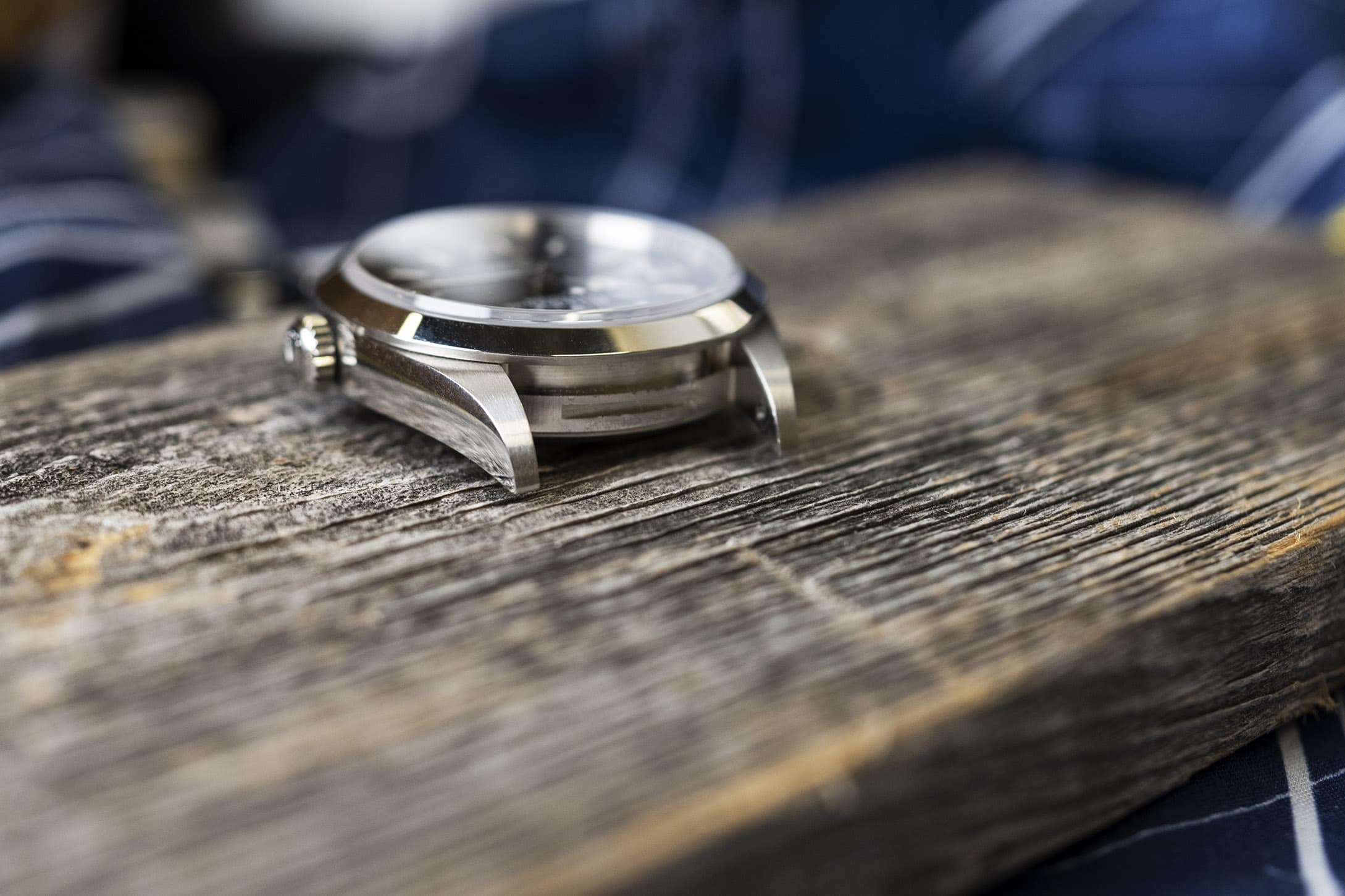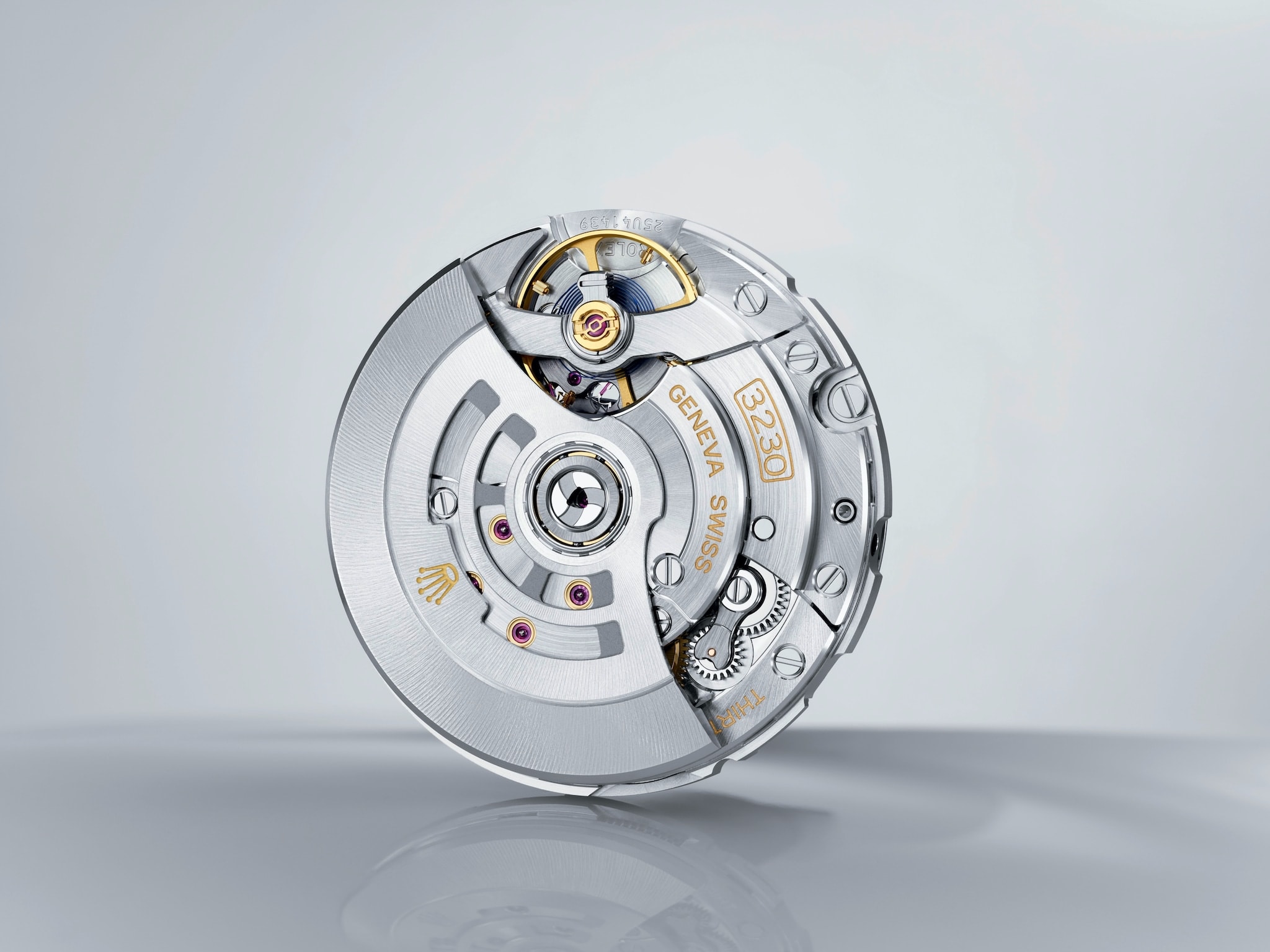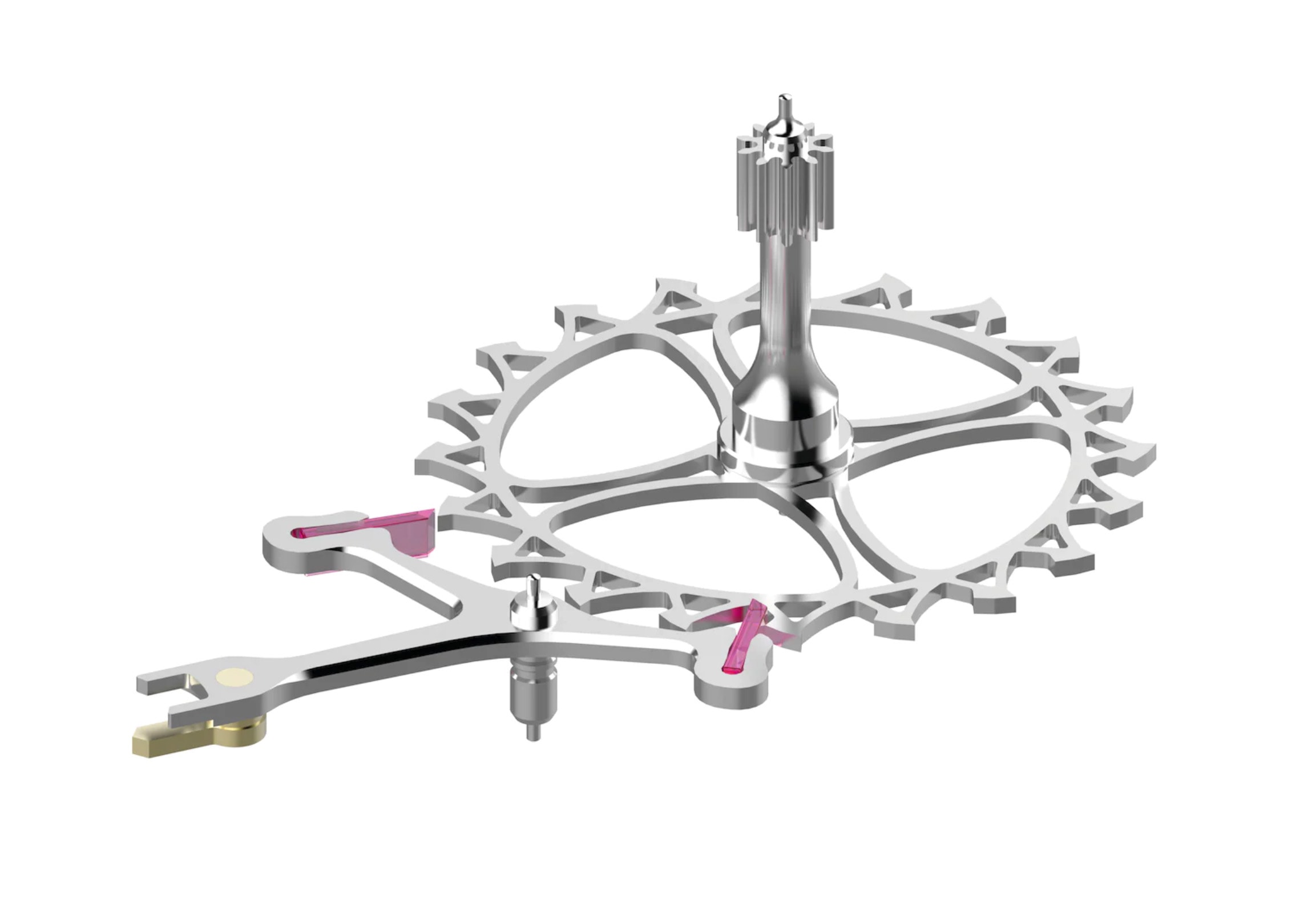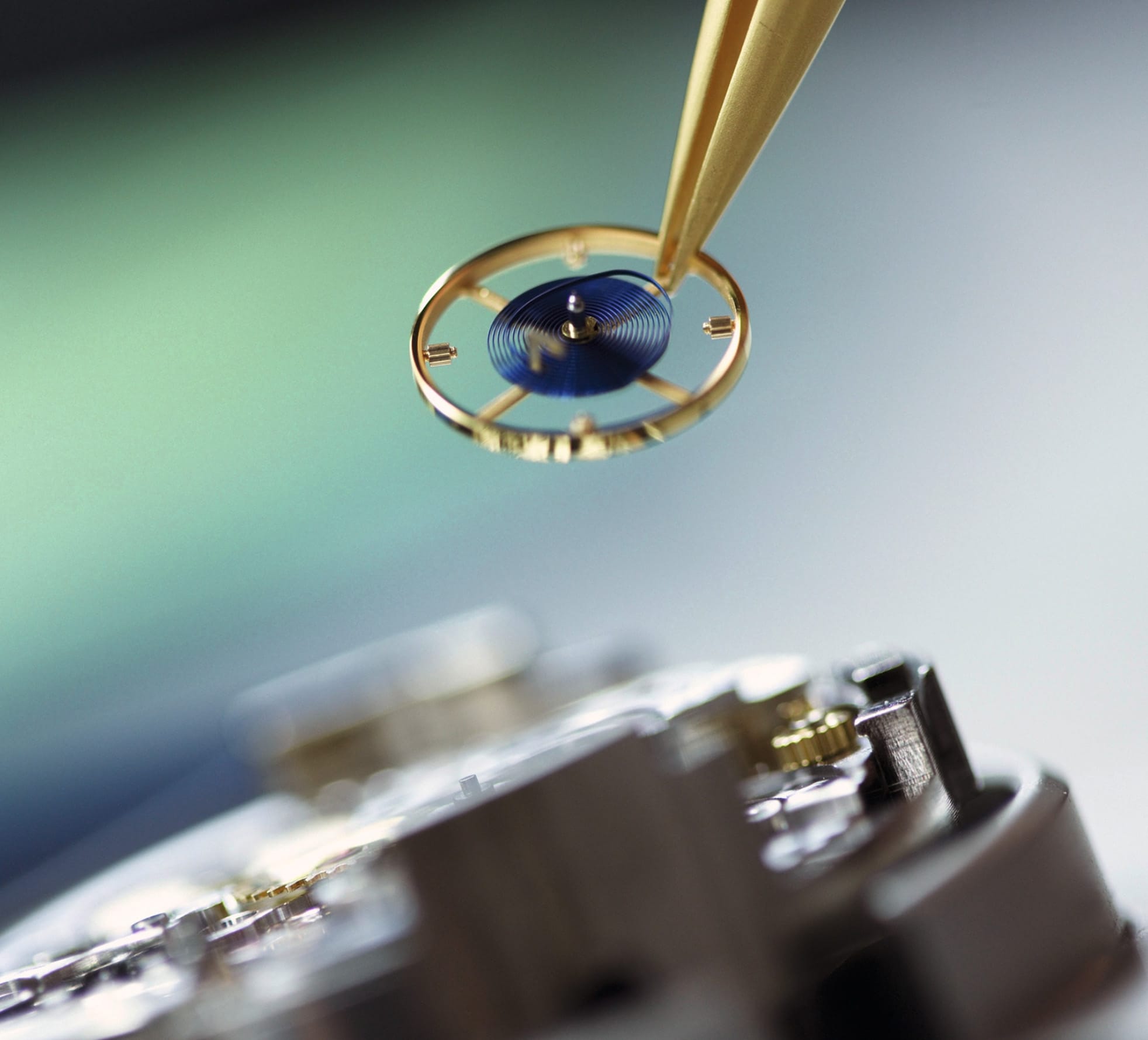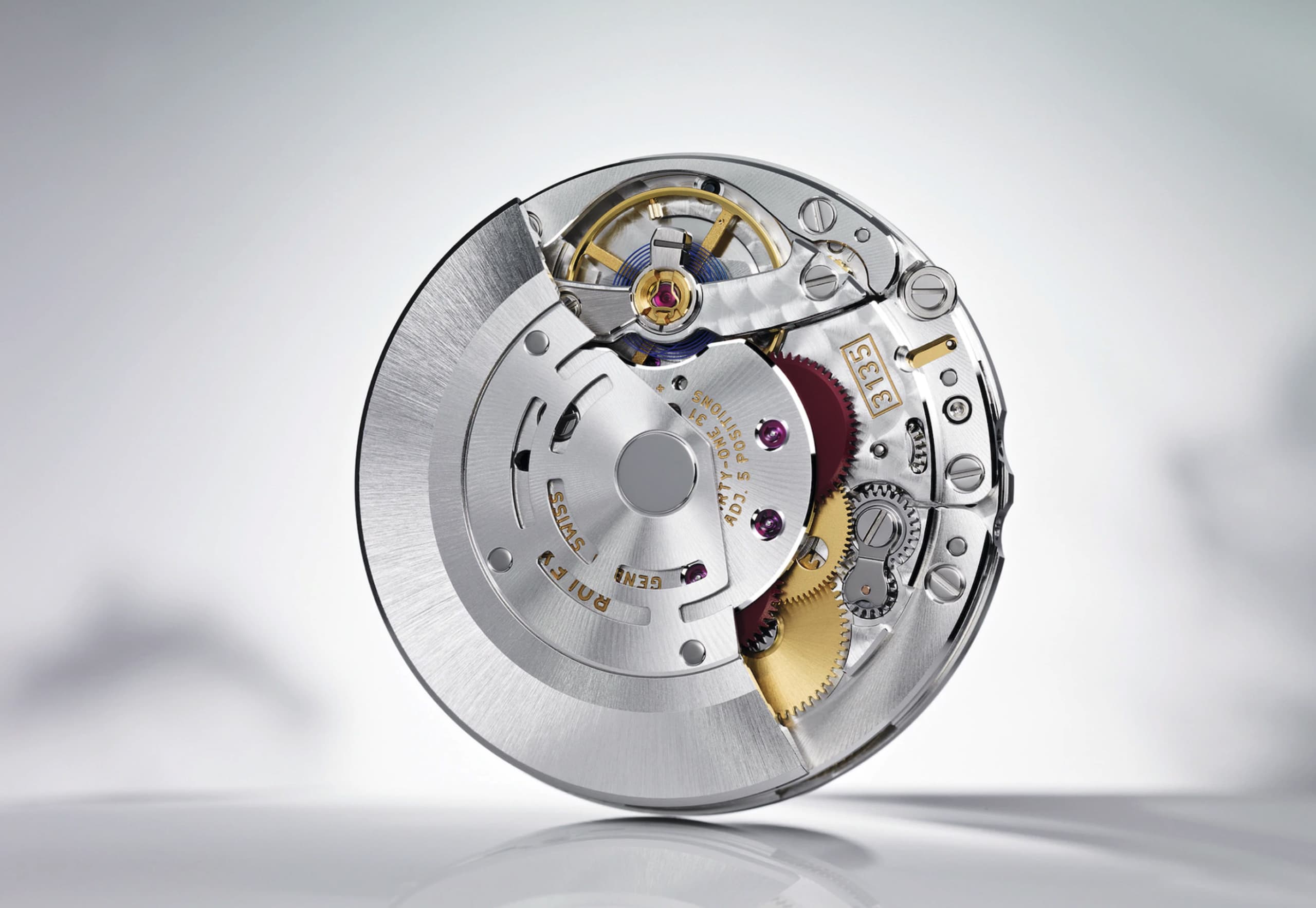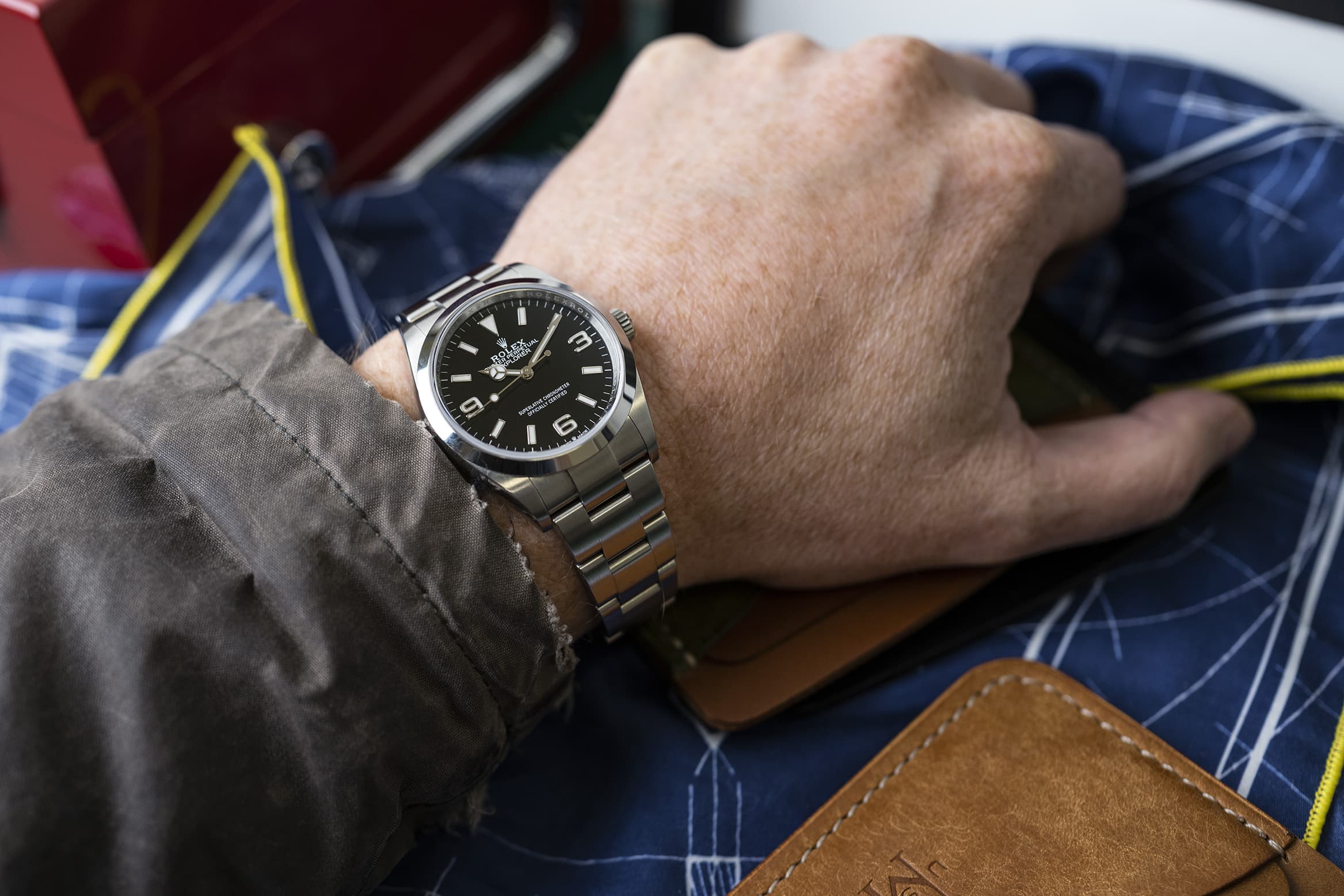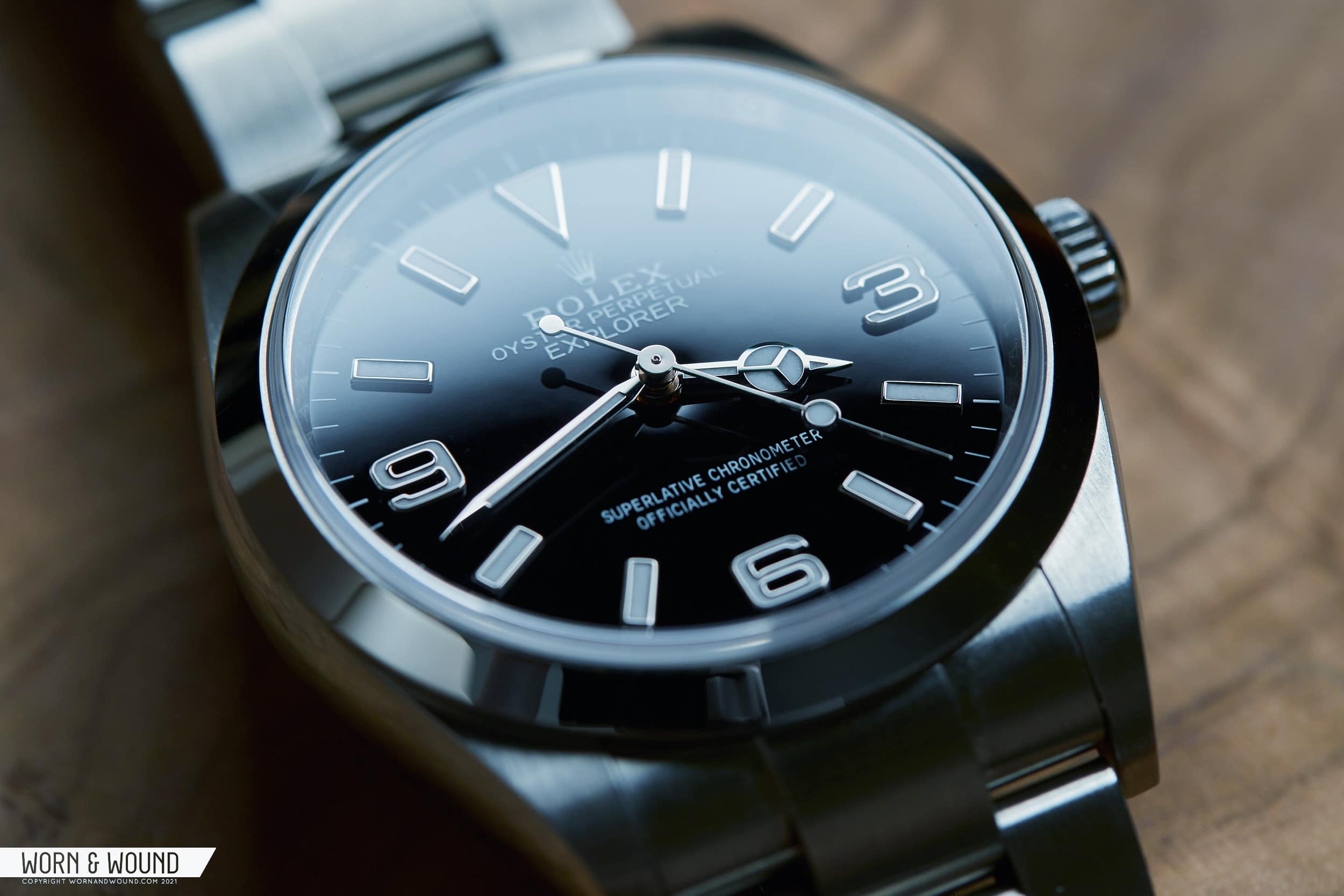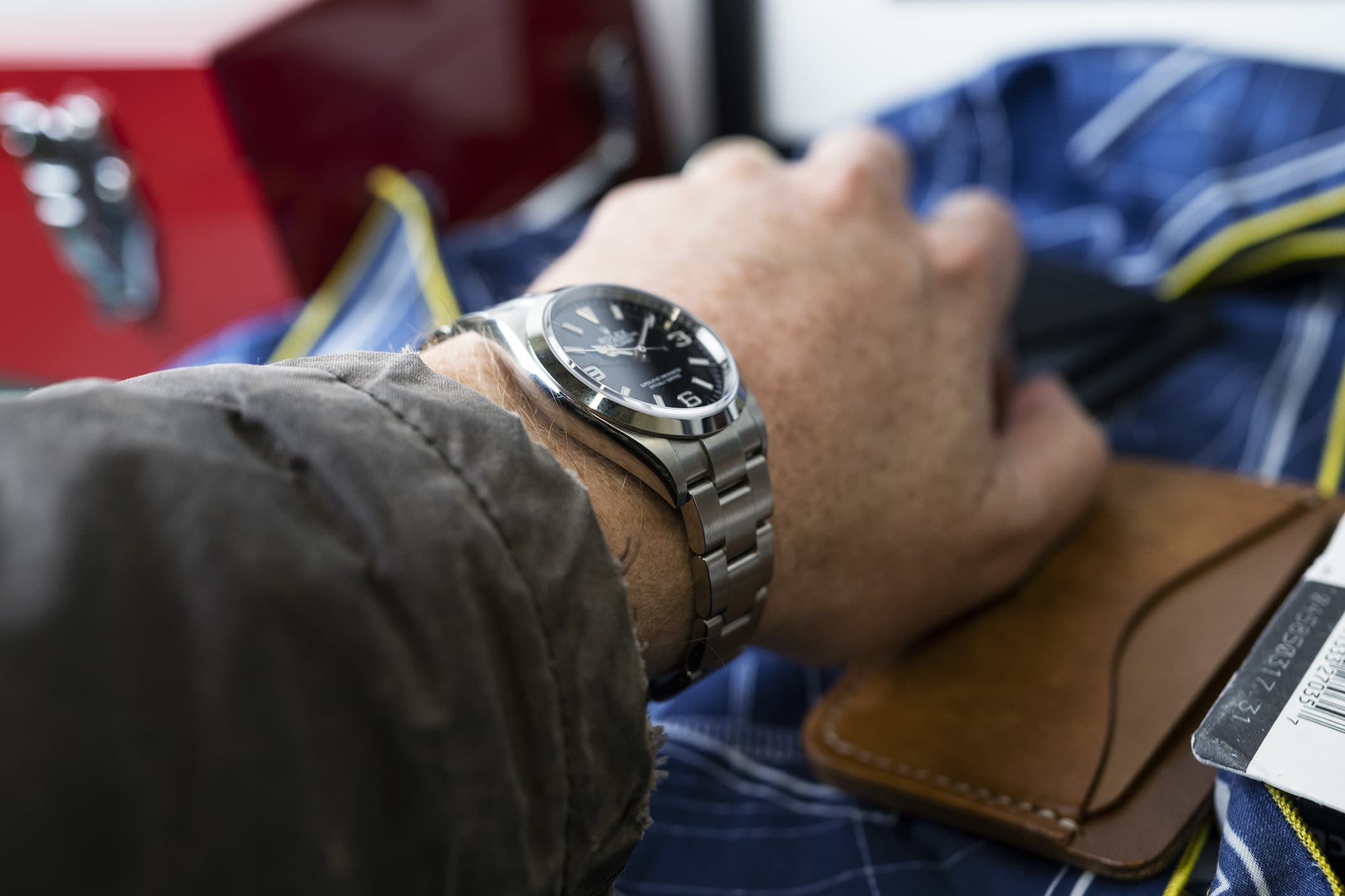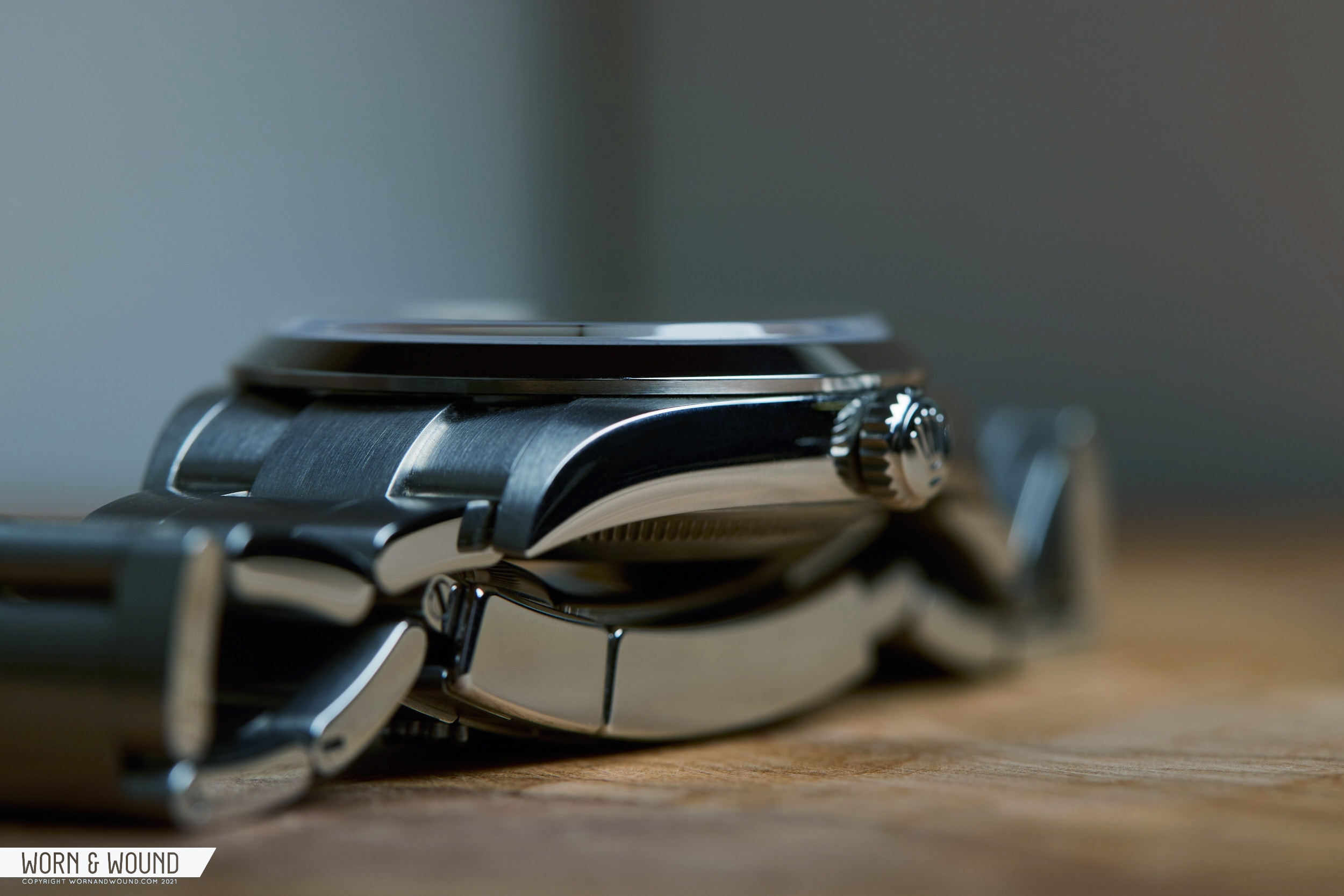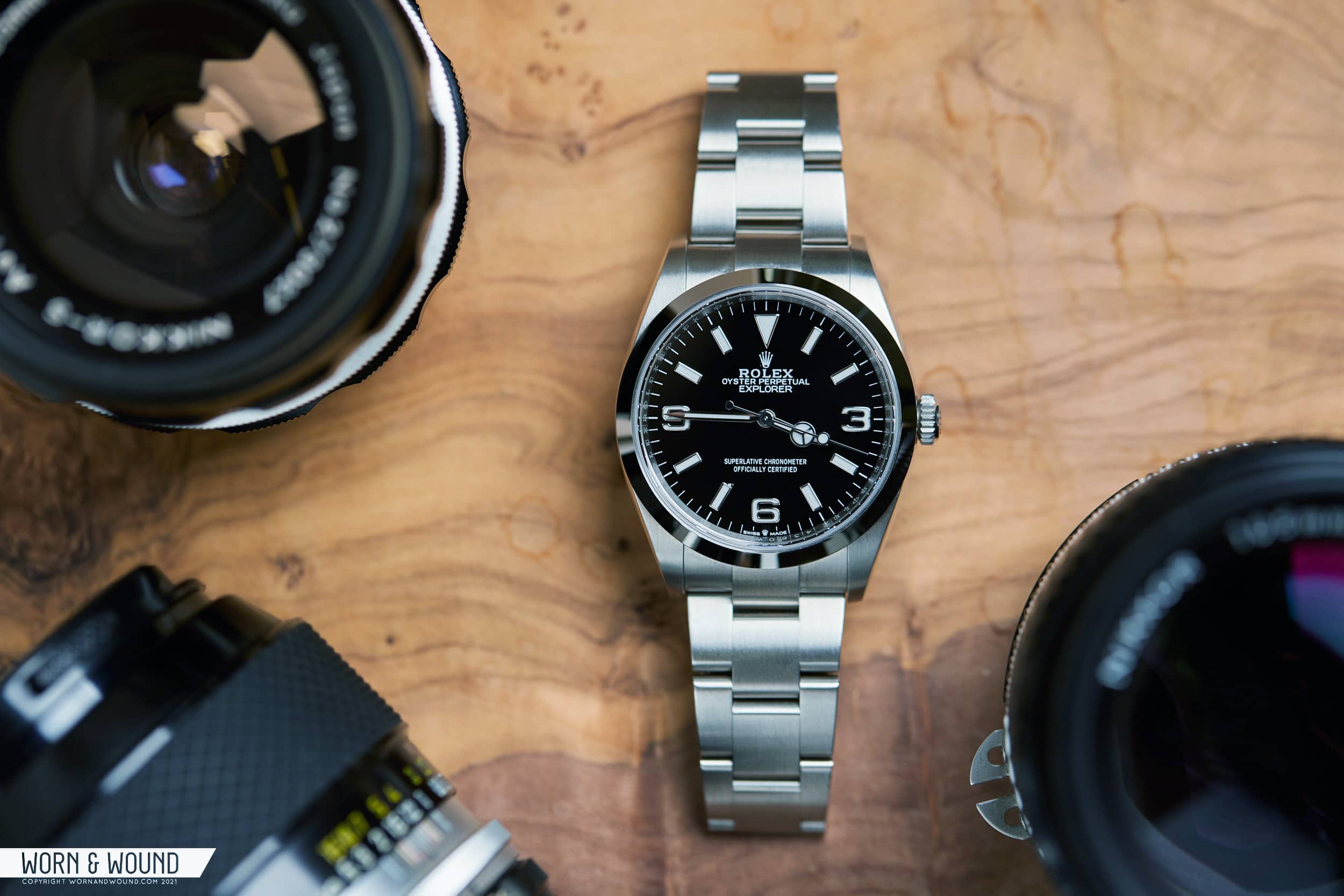I have a slight confession before we get started here: I don’t particularly care for sport/tool watches with no bezel. It’s a small thing, but to my eye, certain watch types just need one. Something about how they balance the size of the dial against the rest of the case, it just feels harmonious to me. This is likely the single biggest factor in my never taking the Rolex Explorer seriously within the context of my own collecting. I have a Sub, that’s got a bezel, all is well. But, as we all know, tastes evolve, and a few years back, I noticed myself gradually warming up to the idea of the Explorer. Sure enough, when Rolex introduced a new Explorer earlier this year, at its original 36mm sizing, my interest went from “oh, that’s nice”, to “oh, I could see myself wearing that”.
It’s easy to romanticize the Explorer, as has been done in countless words among countless posts since watch enthusiasts first gathered on the internet. Without question, this is a watch with a vast, and at times intriguing history. From its (intentionally fuzzy) origin story in the 1953 summit of Mt. Everest, to appearing on the wrists of celebrities on your Instagram feed in 2021 (ok, that part maybe not so intriguing), it’s seen some shit. The Explorer enjoys a wealth of prestige today thanks to nearly 70 years worth of brand building by Rolex, some rock solid, some less so (ahem, Edmund Hillary was wearing a Smiths when he summited Everest).
There have been some great Explorer references through the generations, from the first 6298 references, the tone-setting 6610 in 1959, to the ever charming 1016, which remained in production through the late ‘80s, to the 142… look, I’m not here to wax poetic about the history of the Explorer. Lord knows there are plenty of places to get your fill on the subject in all manner of books, blogs, and forums. As they say in the investment world, “past performance is not a guarantee of future results”, and I’m here to judge the newest reference 124270 Explorer on its own merits. I don’t care who’s been seen wearing one, or what they’re commanding in the open market. Let’s get to it.









 Featured Videos
Featured Videos




